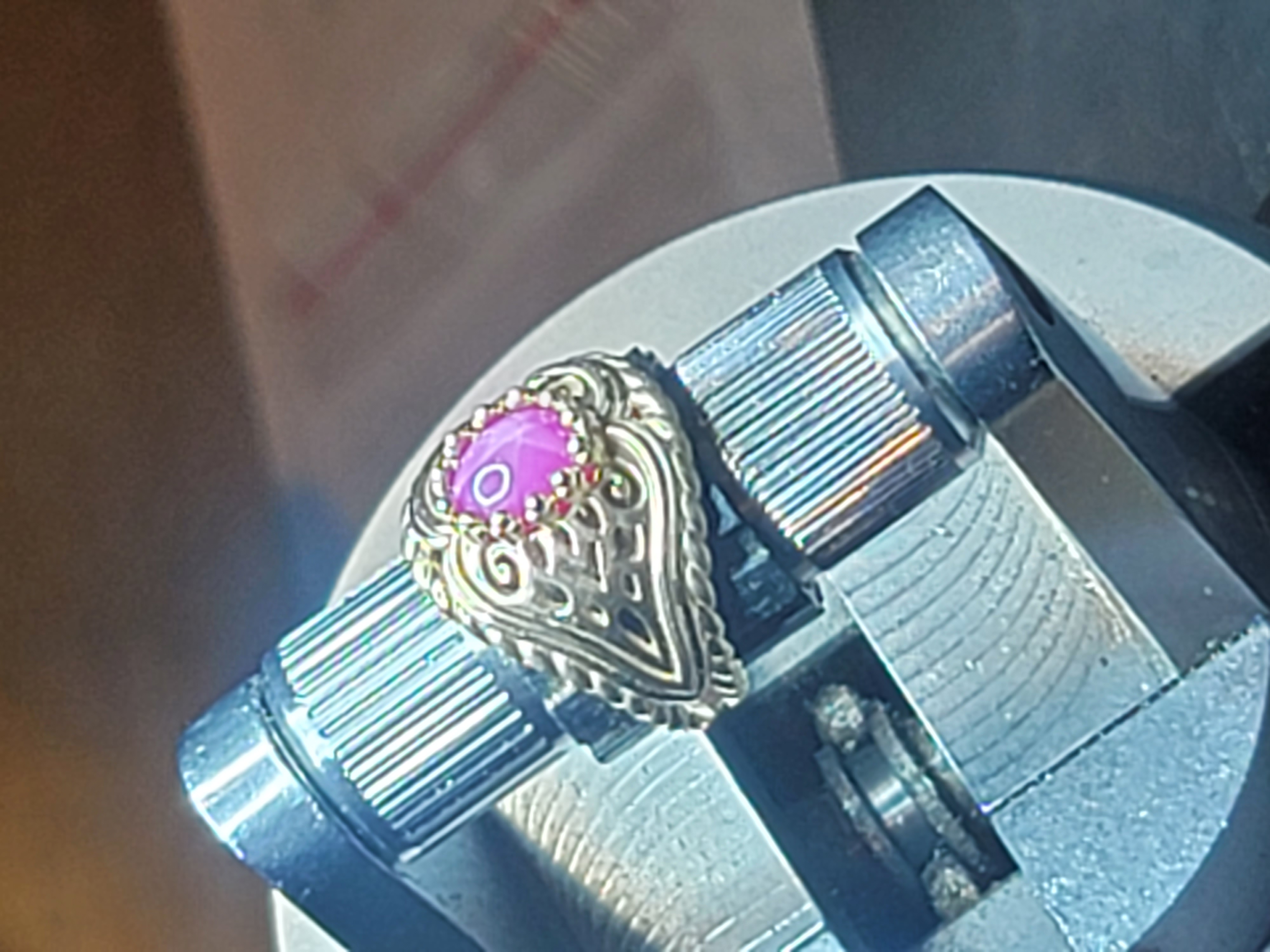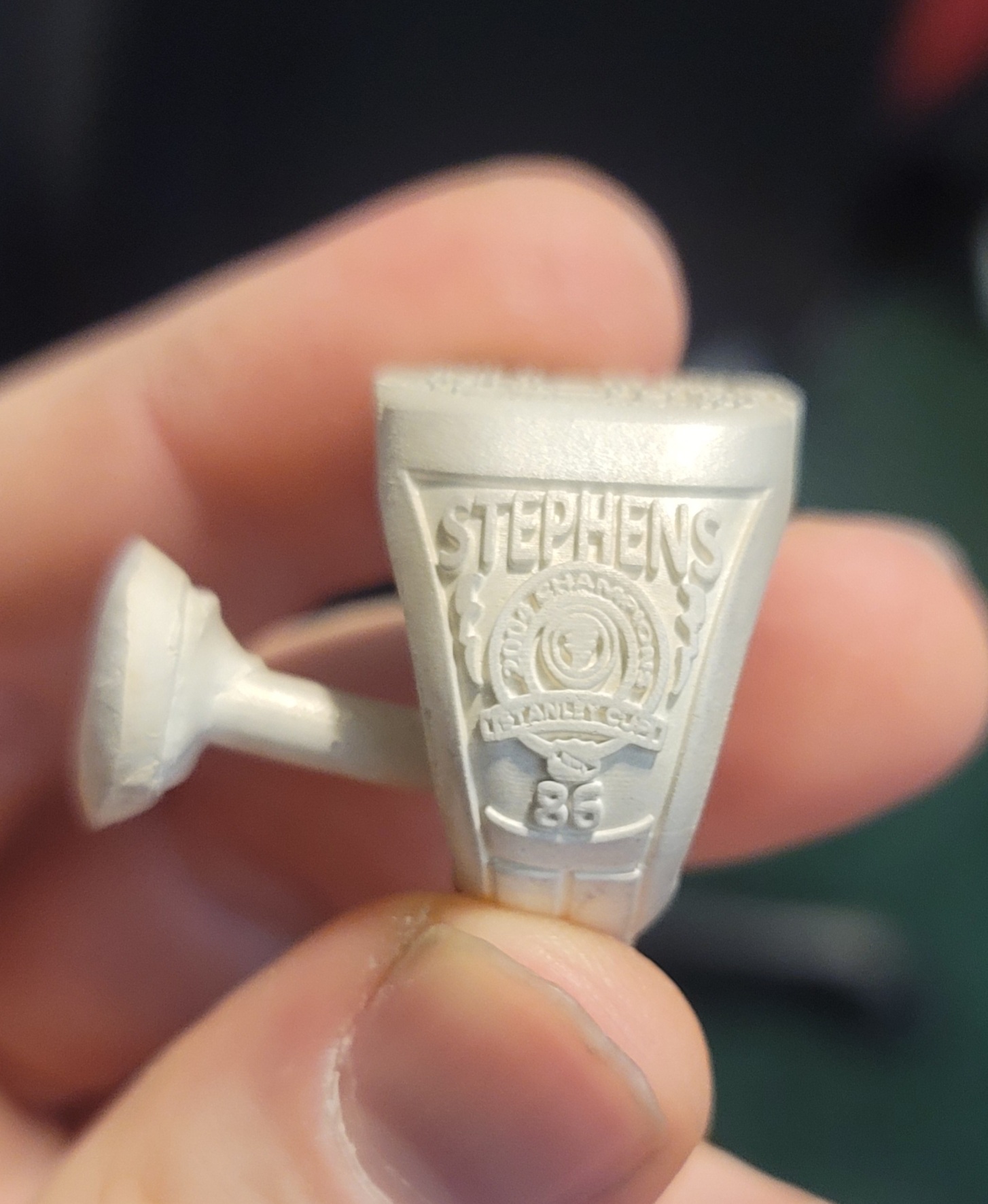Casting Dynasty - Decoding Digital Conversions
Have you ever stopped to think about how our digital devices talk to each other, or how different bits of information get along? It's a bit like a big family gathering, where everyone has their own way of speaking, yet they all need to share stories. In the world of computers and programs, this sharing often happens through something called 'casting'. It's a fundamental idea, really, a way to change one kind of data into another, so everything can work together smoothly.
This idea of changing forms, or 'type conversion' as some might call it, has been around for a very long time in computing. It's a foundational skill for programs to operate, a silent helper making sure numbers can become dates, or that a piece of text can be seen as a number. Without it, our digital tools would struggle to communicate, kind of like trying to read a book written in a language you do not know. It is, you could say, a core part of how things get done behind the scenes, really.
From making sure your financial figures add up correctly to getting your computer screen to show up on your television, these sorts of conversions are at work. They help keep the digital flow going, allowing information to move and adapt as needed. So, next time you see something just work, remember there might be a clever 'cast' or 'convert' operation making it all happen, just a little bit out of sight.
Table of Contents
- The Heart of Digital Transformation - A Look at Casting's Beginnings
- Why Does Type Conversion Matter in the 'Casting Dynasty'?
- When is a 'Cast' More Like a 'Convert'? Understanding Data Shifts
- The Subtle Differences - Direct Casting Versus the 'As' Operator in the 'Casting Dynasty'
- What Happens When Pointers Get Involved? Understanding the 'Casting Dynasty' Rules
- The Visual Side of the 'Casting Dynasty' - Sending Pictures Without Sound
- Facing the Unexpected - When Digital Casting Leads to Surprises
- How Does the 'Casting Dynasty' Influence Database Operations?
The Heart of Digital Transformation - A Look at Casting's Beginnings
Every now and then, in the world of computer instructions, there comes a point where one kind of information needs to become another. This act of changing a piece of data from one form to another is a very old concept, a kind of foundational element in how programs work. Think of it like taking a raw ingredient and preparing it for a different recipe. It's an important part of making sure all the different parts of a computer program can talk to each other without misunderstanding, you know.
When we talk about 'casting' in this context, we're really talking about this transformation. It's not about throwing something away, but rather about reinterpreting it. For instance, a series of numbers might mean one thing as a simple count, but something entirely different when it's supposed to represent a specific date. This ability to shift perspectives on data is what makes many digital systems possible, actually.
Some folks might suggest using the word 'convert' instead of 'cast', and there's a good reason for that. It helps to avoid confusion, so. When you say 'convert', it often sounds a bit more like a deliberate change, perhaps with some rules attached, rather than a quick re-labeling. This distinction can be quite helpful, especially when you're trying to be very clear about what a program is doing with its pieces of information.
Why Does Type Conversion Matter in the 'Casting Dynasty'?
Why bother with all this changing of types? Well, computers are pretty particular about the kind of information they work with. A number is a number, a piece of text is text, and a date is a date. They each have their own rules about how they behave and what you can do with them. If you try to do math with a word, the computer just gets confused, you see.
So, type conversion, or 'casting', becomes super important because it lets us bridge these differences. It's like having a universal translator for data. When you need to take a number that's stored as text, say '123', and actually do some addition with it, you first need to 'cast' or 'convert' it into a proper numerical type. Without this step, your program would simply treat '123' as characters, not a value you can calculate with, basically.
In some programming languages, especially those that are very strict about data types, this conversion is a very common task. It's like a daily routine for the computer. It ensures that operations are performed on the correct kind of information, preventing errors and making sure everything runs smoothly. This idea is a core part of how many programs stay reliable and do what we expect them to do, more or less.
When is a 'Cast' More Like a 'Convert'? Understanding Data Shifts
The distinction between 'casting' and 'converting' can feel a bit subtle at times, but it matters quite a lot in how we think about what our programs are doing. When someone writes something like 'cast('20130302' as date)', it makes you wonder what exactly is happening behind the scenes, doesn't it? Is it just re-labeling, or is it actually transforming the original information in a thoughtful way?
Using 'convert' instead of 'cast' can sometimes make the intention clearer. It suggests a process where the original form is actively changed into a new one, often following specific rules for that transformation. For example, turning a string of numbers that looks like a date into an actual date object involves more than just a simple re-tagging; it requires parsing and validating the information. This is a very important difference, you know.
This discussion about 'cast' versus 'convert' has been going on for a long time, really. People have been asking about the best way to handle these data shifts for years. It speaks to the ongoing effort to make computer instructions as clear and as predictable as possible. The goal is always to reduce any confusion, both for the person writing the code and for the computer trying to follow the instructions, so.
The Subtle Differences - Direct Casting Versus the 'As' Operator in the 'Casting Dynasty'
When you want to change a piece of data from one type to another, there are often a few ways to write that instruction. Sometimes, you might see a direct way, where you simply put the new type in front of the old piece of information. Other times, you might see something like an 'as' operator, which explicitly states the desired new type. These different ways of writing the same idea can sometimes make things a bit tricky, apparently.
The choice between a direct approach and using an 'as' operator can influence how easy it is to read and understand what a program is trying to do. If the same simple words are used for many different kinds of type changes, it might become hard to tell what the programmer's real aim was. This lack of clarity can lead to misunderstandings, which is something we definitely want to avoid in computer programs, right?
For instance, imagine trying to take a piece of text and make it into a string. Sounds simple enough, doesn't it? But if that text happens to be 'undefined' or if something goes wrong during the conversion, you might end up with a problem that's hard to figure out. It could be an error that the program doesn't handle, or the resulting string might just say 'undefined', which isn't very helpful for figuring out what went wrong. This is where the subtleties of 'casting' really come into play, very much so.
What Happens When Pointers Get Involved? Understanding the 'Casting Dynasty' Rules
Things can get a little more complex when we talk about 'pointers'. In some programming languages, a pointer is like a signpost that points to a location in the computer's memory where a piece of information is stored. Changing the type of a pointer, or 'casting' it, is a very serious business. There are very specific rules about how you can do this, and ignoring them can lead to big problems, you know.
These rules are often written down in official documents, like the C 2011 standard, which has a whole section dedicated to how pointers should be handled. This means that converting one kind of pointer to another is not just a casual decision; it's something that programmers need to approach with a lot of care. It's all about making sure the computer knows exactly what kind of information it's looking at in memory, so.
For example, if you have a pointer that's meant to point to a number, and you try to make it point to something else entirely, without following the rules, the computer might get confused about what it's supposed to do. This could lead to incorrect results or even cause the program to stop working unexpectedly. It's a bit like giving someone directions to a house, but then changing what the house looks like without telling them; they'll get lost, apparently.
The Visual Side of the 'Casting Dynasty' - Sending Pictures Without Sound
Beyond the world of programming code, the idea of 'casting' also shows up in our everyday technology. Think about trying to send what's on your computer screen to your television. This is a kind of 'casting' too, but it's about sending a visual signal wirelessly. Sometimes, though, this process doesn't work quite as smoothly as we'd like, does it?
Some folks have found that after updating their computer's operating system, like to Windows 11, when they try to send their screen to a TV as a wireless display, only the picture goes through. The sound, for some reason, just stays put on the computer. This is a common issue that can be quite frustrating, as a matter of fact.
It's a good example of how 'casting' in a broader sense can sometimes hit a snag. The system is trying to convert the computer's output into a format that the TV can show, but one part of the conversion, the audio, isn't making the trip. It shows that even with seemingly simple tasks, the underlying processes of converting and transmitting different kinds of data can have their own set of unexpected challenges, you know.
Facing the Unexpected - When Digital Casting Leads to Surprises
Sometimes, when you're working with programs, you might want to take an object of one kind and try to treat it as if it were another. This is often where things can get a little complicated, especially if the two types aren't really compatible with each other. It's like trying to fit a square peg into a round hole; it just doesn't quite work, does it?
This problem isn't about a lack of some special kind of 'casting' ability, but rather about the fundamental differences between the types of information. If a program expects a specific kind of data, and you try to give it something that's only somewhat similar, it can lead to confusion. The program might not know how to handle the unexpected input, which can cause errors or strange behavior, very much so.
It highlights the importance of understanding the rules of type conversion. Just because you can tell a program to 'cast' something doesn't mean it will always work perfectly, especially if the underlying information simply cannot be reinterpreted in the way you want. It's a reminder that computers are very literal, and they need clear instructions about how to handle different kinds of information, more or less.
How Does the 'Casting Dynasty' Influence Database Operations?
The idea of 'casting' is also very important when programs talk to databases. Databases are where a lot of our information lives, and they also have very strict rules about what kind of data they store in each spot. When a program sends information to a database, or pulls information from it, there's often a need to change the type of that information to match what the database expects, you know.
For example, when you're sending information to a database using a 'parameterized query', which is a safer way to talk to a database, the system needs to know what kind of data each piece of information is. Sometimes, the program that interprets these queries can struggle to figure out if a piece of information is a number, or a piece of text, or a date. This struggle can cause issues if the types don't line up perfectly, apparently.
This is where 'casting' becomes really important in database work. It helps the system understand exactly what kind of data it's dealing with, making sure that numbers go into number fields, and text goes into text fields. Without these clear type conversions, the database might reject the information or store it incorrectly, leading to problems down the line. It's a critical step in keeping our stored information accurate and usable, so.

Recent Projects | Dynasty Casting and CAD

Recent Projects | Dynasty Casting and CAD

Recent Projects | Dynasty Casting and CAD